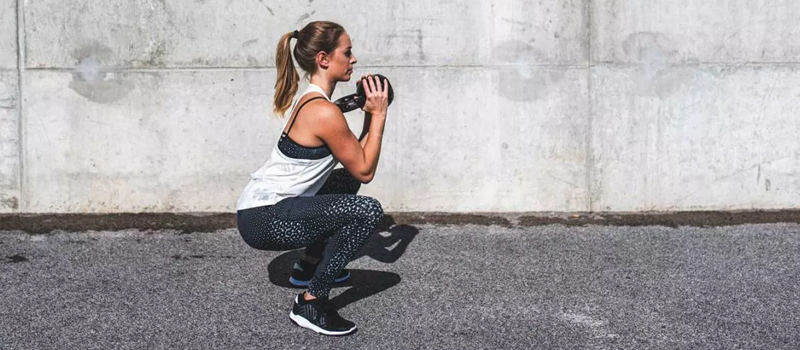Attention! Gym freaks, if you’ve heard this before, hear it again: If you can master planks, pushups and squats, you can expect yourself to build any muscle you want in your body. This article is all about how to get those squats on point for beginners.
Squat is the king of all exercises. You’ll build a stronger body and develop strength in your core width which later converts into overall better performance. Squats primarily works and strengthen the hips, the gluts, the hamstrings, quads and indirectly the ABS. So squats are going to work your entire body and your core the same way a plank does but more isometrically so it’s almost a full body exercise.
Let’s get down to the proper squat form straight away.
Your feet should be a little wider than shoulder-width apart. Once you get that, you just slightly turn your toes outward to widen your stance. This will help put your feet in such a stance that it’s going to allow the pressure on the sides of your feet to unable to enact which target the concerned muscles.
Hip joint
Next checkpoint is the hip joint. A lot of people don’t really think about how critical this is so once you’re in your position of our you’re a little bit wider than shoulder width apart, you need to your toes to be slightly rotated out the hip hinge. So, for getting this right you need to imagine yourself as sitting back with your hips so before you think about bending your knees, you should think about pushing your hips backward and then you need to descend into your squat and that’ will allow your knees to stay back behind your toes because a lot of times if we’re thinking about starting with our knees bending first, they’re going to go way over the toes and that’s not what want. So once you achieve this position you need kick your backside out and lower down which is going to keep your knees in the proper position which will lead to activation of your gluts. So what you need to take away from this is to always think about pushing your hips back first and then begin with bending your knees.
Lumber spine
Next important aspect that needs to be talked about is the spine. The lumbar spine which is another critical part of this exercise. It is quite commonly seen that starting out the squats, people keep their form in check but after a rep or two, the back tends to pushed out and you don’t want to do that hyperextending of your lower back. You need to keep your back fairly straight or just in a natural position, you shouldn’t feel your tail being pushed up. You need to keep a natural curve in your spine and just think about pushing and hinging from the waist and then bend and keep your head and chest straight.
Hip and ankle flexibility
now we need to focus on hip and ankle flexibility. So proper squats require flexion at the ankle and your hips to really get down into that descent of a proper squat. So proper flexibility of the hips and the ankles is required for proper squatting. For people who have ankle mobility issues for example having trouble with flexion and ankles, you can slightly elevate your ankles over very thin weight. Just do the same position with your feet a little wider than shoulder-width apart slightly rotated here that’s going to elevate you with your ankles where you might be losing that flexion and it’s not allowing you to go into a 90 degree squat. If you find yourself not getting into that 90 degree angle, this is technique can help you get that flexion there. You will find the difference yourself that it becomes much easier to get that 90 degree angle and proper range of motion.
So let’s summarize everything quickly. Your feet should be slightly wider than shoulder-width apart, your feet should be slightly rotated out and hinging at your hip first. Before you start actually squatting and bending, your head and chest should be up forming a natural spine curve. Do not push your back out or hyperextend it. Lower down to about parallel to the ground i.e. 90 degrees and come back up pushing through the heel. You should feel the weight through your heels so and this is going to apply to a bodyweight squat.

